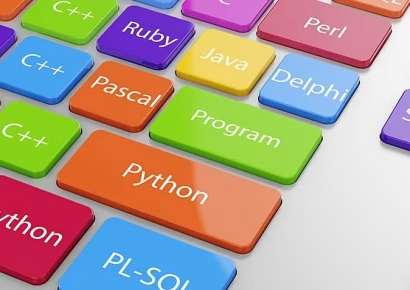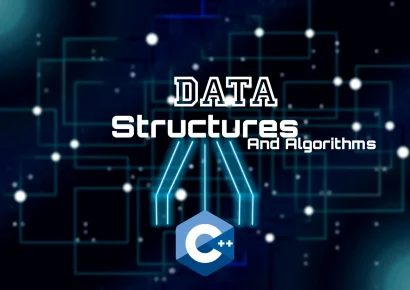
About Course
his course provides an in-depth exploration of geomatic engineering principles and their application within the field of civil engineering. Students will gain practical knowledge and technical skills in surveying, mapping, GIS, and remote sensing technologies, essential for modern infrastructure development and environmental management.
Course Content
GEOMATIC ENGINEERING
-
SURVEYING
-
SURVEYING Q & A
-
PHOTOGRAMMETRY AND REMOTE SENSING
-
PHOTOGRAMMETRY AND REMOTE SENSING Q & A
-
DISTANCE AND ANGLE MEASUREMENT
-
DISTANCE AND ANGLE MEASUREMENTQ & A






